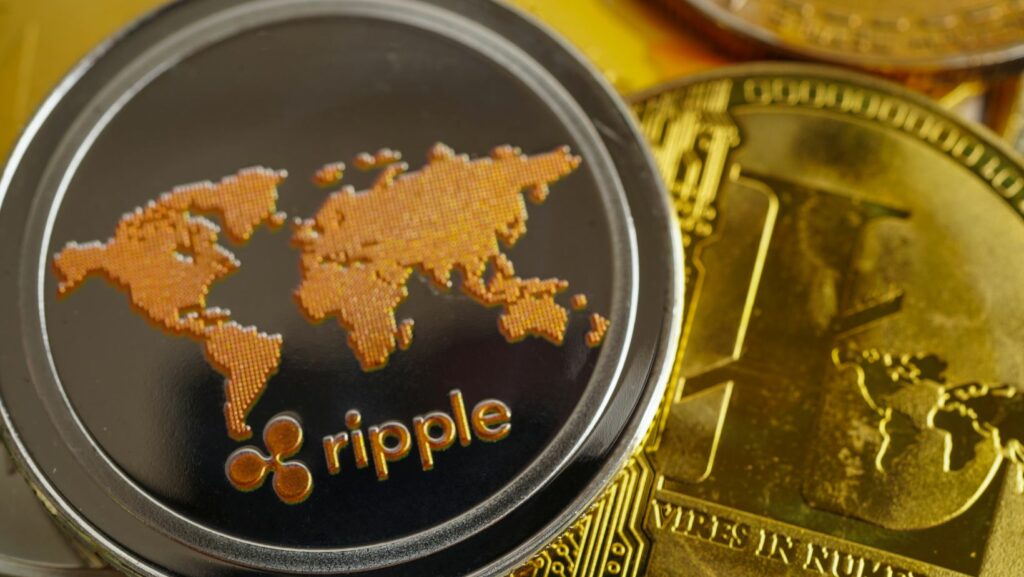About five years ago, in December 2020, Ripple received a major blow when the United States Securities and Exchange Commission (SEC), the federal government agency tasked with regulating the securities market, filed a lawsuit against it. The offense alleged in the indictment was that Ripple had conducted an unregistered securities offering by selling XRP tokens. According to the regulator, XRP represented securities under US law, and Ripple failed to register the tokens as such, thus going against federal securities laws.
This was a huge setback for both the company and XRP, the digital currency they had created to support the functioning of their XRP Ledger (XRPL). This operates as an open-source blockchain designed to enable lightning-fast and cost-effective cross-border transactions, serving as a high-performing alternative to traditional banking solutions. In the beginning, it seemed that the legal battle would ruin Ripple’s reputation for good and mark the downfall of XRP. It was hard to imagine that the asset could ever recover from such a high-profile dispute.
However, the litigation eventually ended, and XRP was not left in shambles, like so many assumed would happen. In fact, the asset’s recent performance reveals a bullish trend, with the year-to-date metric showing a 42% increase, and the XRP / USD price at the time of writing standing at $2.850185. Ironically, the legal clash that was expected to bring about XRP’s demise seems to have benefitted the token, turning into a catalyst for its growth. So, let’s take a closer look at what exactly caused things to take a positive turn for Ripple and XRP.
The mobilization of the XRP Army
Cryptocurrencies have always had their opponents. So naturally, the news that the SEC was suing Ripple prompted a fresh wave of criticism against crypto and Ripple in particular. Challengers didn’t miss the chance to bash the project and point out everything that was wrong with it, and digital assets in general.
However, in XRP’s case, the voices of its supporters echoed louder than those of its critics. The XRP Army, as XRP’s loyal followers were called, often pejoratively, became even more passionate and vocal in advocating for their favorite token after the lawsuit began. This unfortunate event brought them closer together as they united against their common enemy, the SEC.
What followed was a mass mobilization movement, with coordinated actions from the XRP community centered around social media campaigns, legal research, lobbying, and petitioning. Volunteers started pulling out documents and crucial information, while XRP holders submitted affidavits that added weight to Ripple’s defense arguments. Consistent social media posts helped maintain the lawsuit in the spotlight and pressured regulators to shift their perspectives.
XRP supporters left no stone unturned in their attempt to exonerate Ripple from the alleged violations. The court mentioned community contributions several times in its rulings, proving that their involvement played a key role in reaching a resolution. Instead of bringing Ripple down, the lawsuit led to one of the most organized actions in the crypto space, with more people rallying for Ripple’s cause than ever.
Notable wins during the lawsuit

While some thought that the case would probably end quickly and it would be an easy win for the SEC, it soon became obvious that Ripple wasn’t going to back down – instead, they came prepared with solid arguments to challenge the allegations. The lawsuit may have lasted longer than many had predicted, but even though it was lengthy and draining, it did bring some important victories for Ripple and highlighted its strength and resilience.
In 2022, Ripple achieved its first noteworthy victory against the regulator when the court called for the release of the Hinman documents, which revealed major discrepancies in the SEC’s approach to crypto regulation stemming from director William Hinman’s inconsistent stance on Ethereum’s legal classification. This backed Ripple’s claims that XRP tokens, just like ETH, should not be categorized as securities.
But the biggest win came in 2023, when Judge Analisa Torres issued a partial ruling, making a clear distinction between institutional XRP sales to hedge funds and institutional buyers, which were deemed as unregistered securities offerings, and programmatic XRP sales on exchanges, which did not count as securities transactions. Although it was a mixed outcome for Ripple, XRP should be treated as a digital currency and not a security.
Victories aside, throughout the process, Ripple showed an unwavering commitment to transparency and a desire to demonstrate they were on the right side of the law, as Ripple CEO Brad Garlinghouse stated numerous times.
Regulatory clarity
In August 2024, Ripple was ordered to pay a $125 million civil penalty, considerably less than the initial $2.2 billion that the SEC demanded. Then, one year later, the case was finally closed after both parties dismissed their ongoing appeals.
If there was any uncertainty about XRP’s legal status when the token became available for sale, the final ruling erased any confusion. Now there’s not even a shadow of a doubt in this regard. The court’s decision made it crystal clear that XRP is not a security when it’s sold on exchanges and therefore doesn’t break any laws.
Ripple became a real crypto hero, not only for emerging victorious after such a strenuous legal battle but also for bringing more regulatory clarity to the cryptocurrency landscape. The case created a precedent that would aid in determining the legal standing of crypto sales.
And just like that, XRP went from being considered an unlawful asset to a real trailblazer and one of the most legitimate digital currencies in the market. As a result, investors’ trust and confidence increased, and XRP got back in the game.
The legal feud between Ripple and the SEC proves that challenging situations can sometimes be a blessing in disguise, as the prolonged battle brought greater clarity, resilience, and visibility to both Ripple and the broader crypto industry.

